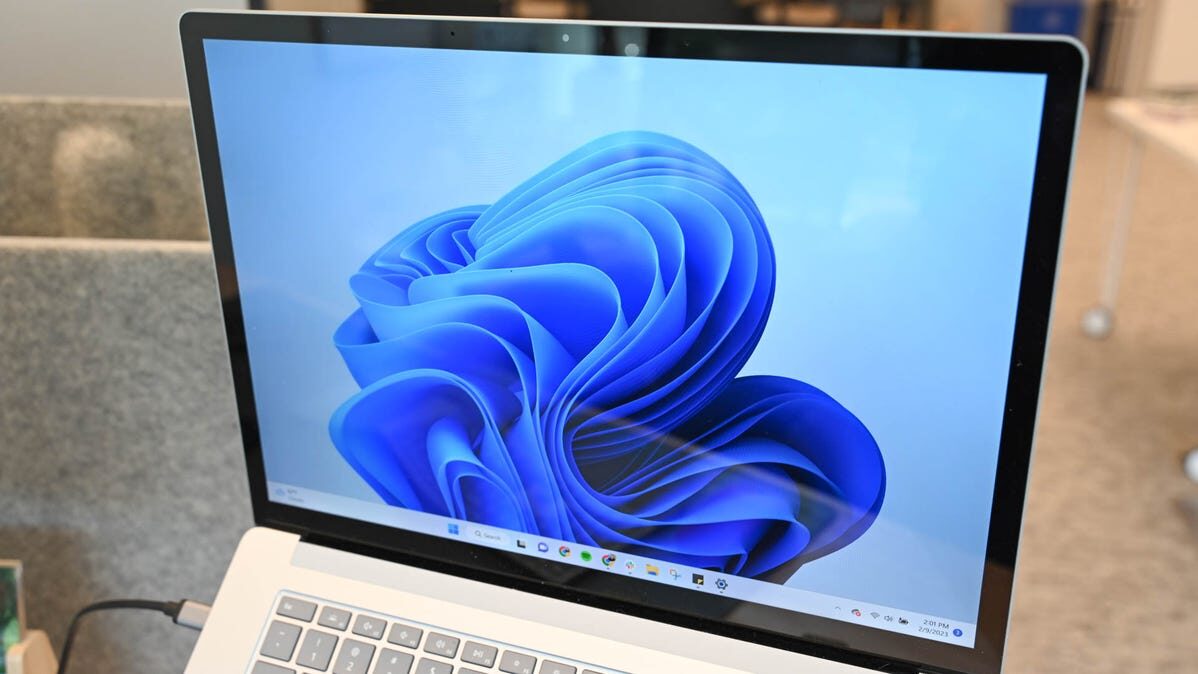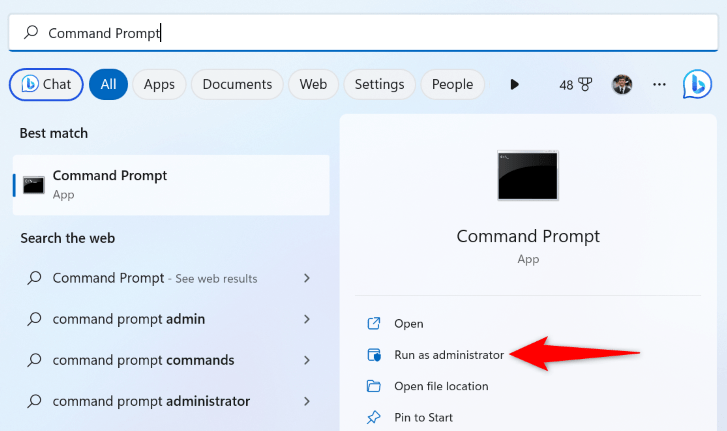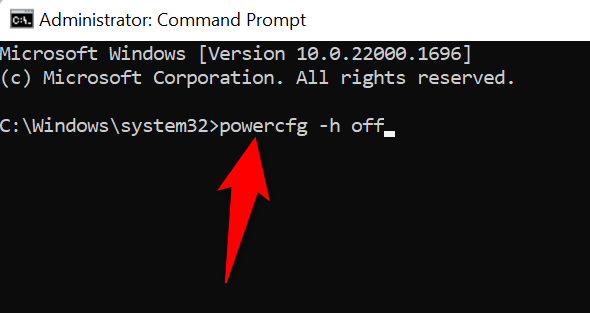
To turn off hibernation and delete the hiberfil.sys file on Windows 11, open an elevated Command Prompt window and run the “powercfg -h off” command. You can re-enable it later with “powercfg.exe /hibernate on”.
If you don’t use hibernation on your Windows 11 PC, it’s a good idea to disable the feature to reclaim the storage space used by the hibernation file (hiberfil.sys). It may even fix issues with certain drivers. Here’s how to do that.
What Is the Hibernation File in Windows 11?
The hibernation file is named hiberfil.sys and Windows uses it to store your PC’s current state. When you hibernate your PC, Windows offloads your open apps and documents onto this file. Later, when you turn on your PC, your system loads your activity from hiberfil.sys, letting you resume your tasks rather than open your apps and documents from scratch.
Hibernation helps you save time, but in case you don’t use it, turn the feature off to delete its file that uses several GBs of your disk space. You can then use this space to store your other apps and files.
Disabling hibernation also helps fix issues with certain drivers that don’t work well with this mode.
Disable Hibernation and Delete Windows 11’s Hibernation File
To turn off hibernation and delete the hiberfil.sys file, just like in Windows 10, all you have to do is run a command from Command Prompt.
Do that by first opening the “Start” menu, finding “Command Prompt”, and selecting “Run as Administrator.”

In the “User Account Control” prompt, choose “Yes.”
Then, in Command Prompt, type the following command and press Enter. In this command, the -h parameter refers to hibernation, and off tells the command to turn off the feature.
powercfg -h off

Command Prompt won’t display a success message, but know that your feature is disabled and the relevant file is deleted.
How to Re-Enable Hibernation in Windows 11
In the future, to re-enable hibernation on your PC, run the following command from an elevated Command Prompt window:
powercfg.exe /hibernate on
From now on, you’ll be able to use hibernate again, and the hiberfil.sys file will again be present on your hard drive.
Frequently Asked Questions
What’s the Difference Between Sleep and Hibernate?
Windows’ Sleep mode puts your open apps and documents onto your RAM, whereas Hibernate saves those items onto your hard drive. When in sleep mode, your PC still uses some power, but hibernate lets your PC turn off completely.
Sleep mode is ideal if you’re leaving your PC unattended for a short period of time. Hibernation is good for when you won’t use your PC for an extended period of time.
Does Hibernate Save More Energy Than Sleep?
Yes, Hibernate saves more energy than Sleep because hibernation allows your PC to turn off completely. Your PC can’t fully turn off in Sleep mode because the mode puts your open apps and documents on your RAM, which gets cleared if you turn off your machine.
Is It Better to Shut Down, Sleep, Or Hibernate My Laptop?
If you’re stepping away from your PC for the short term, put your PC in Sleep mode, and it’ll wake up faster than the other methods. If you won’t be using your machine for an extended period of time, use Hibernate, as it’ll save all your open apps and documents onto your hard drive. Shut down your PC if you experience issues when you boot back your PC from hibernation.
If you’re looking for other ways to optimize your PC, learn how to choose when Windows 11 turns your screen off or how to free up space on your disk in Windows 11.
